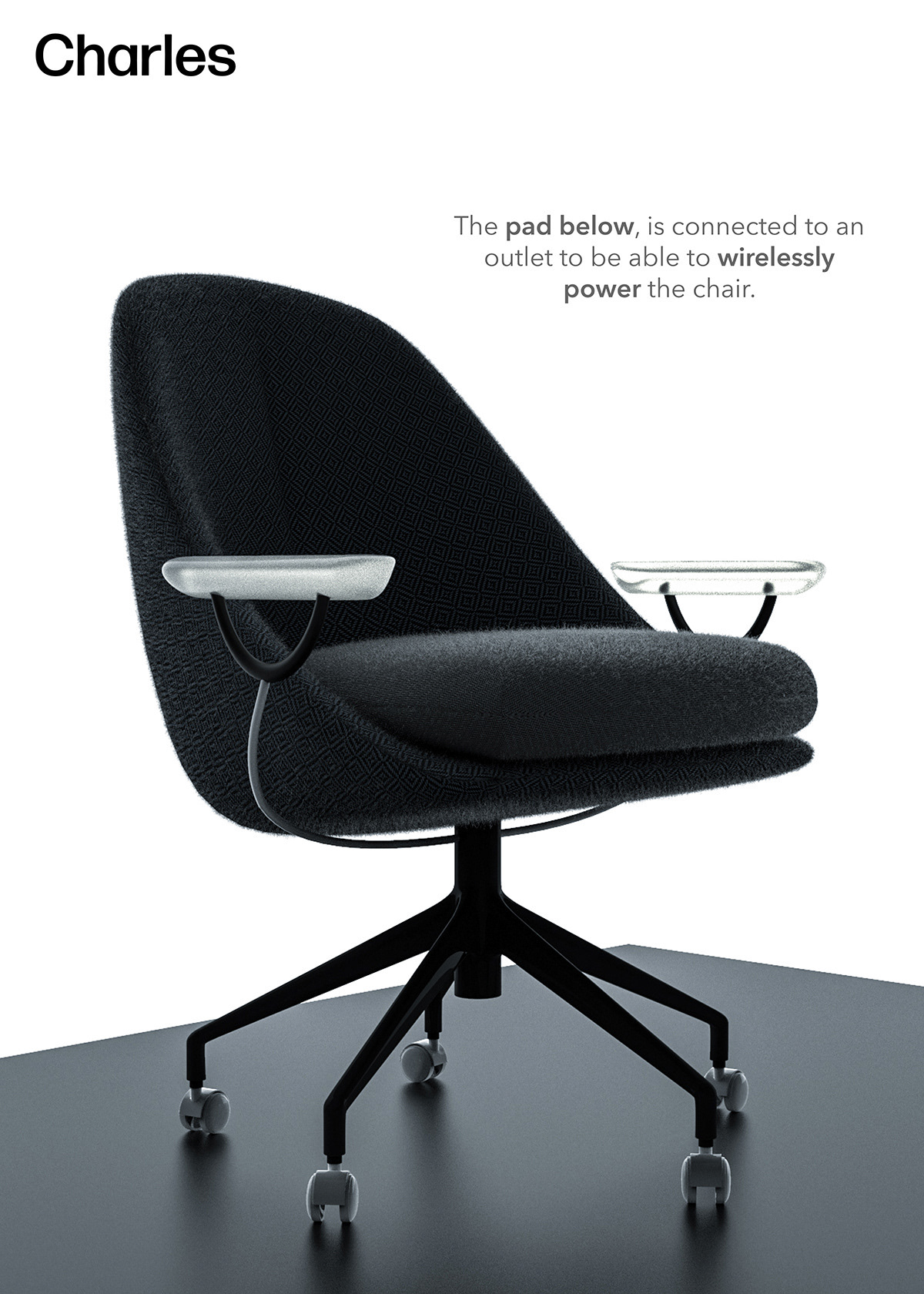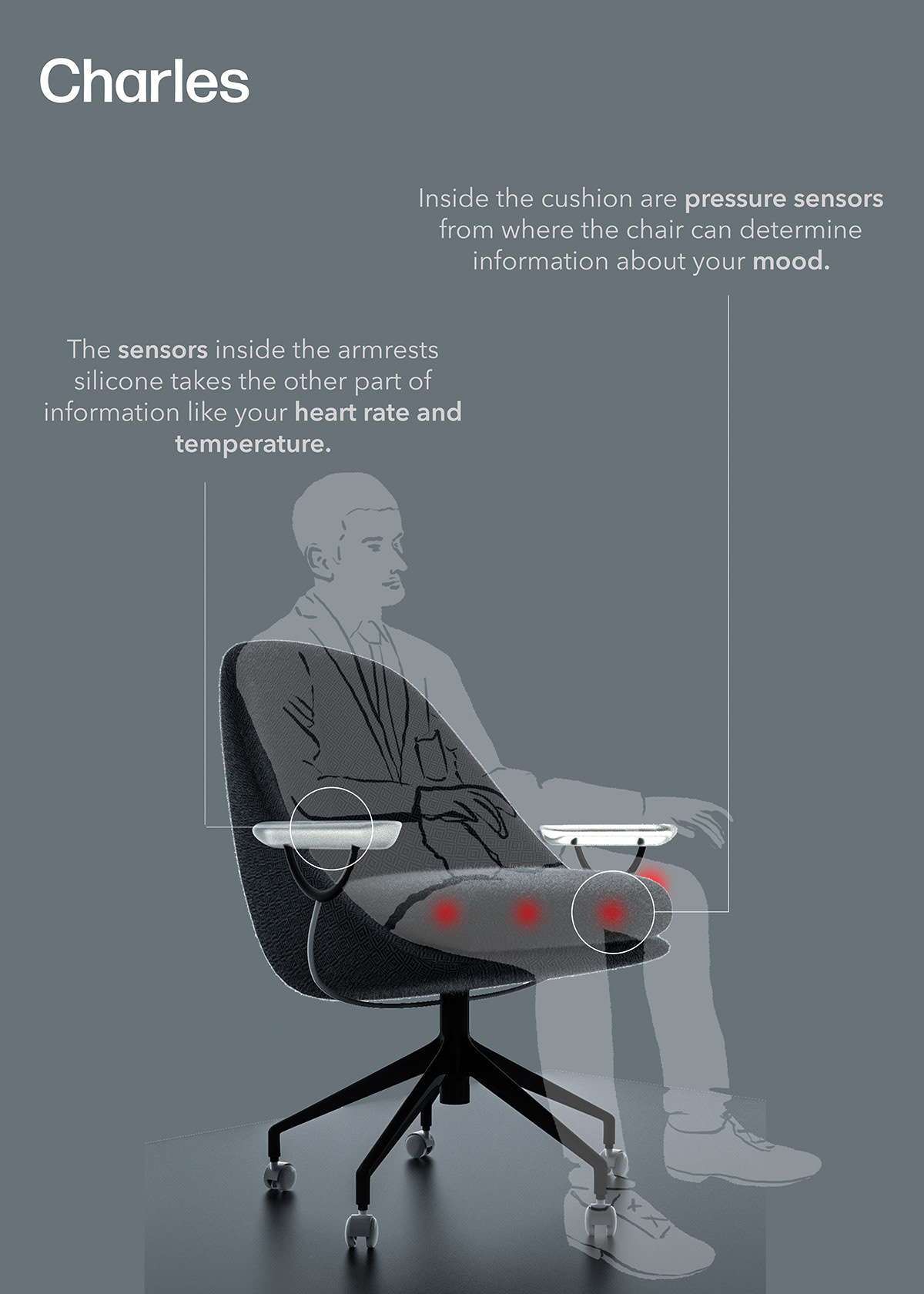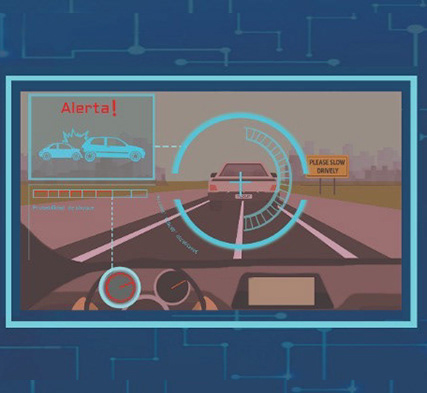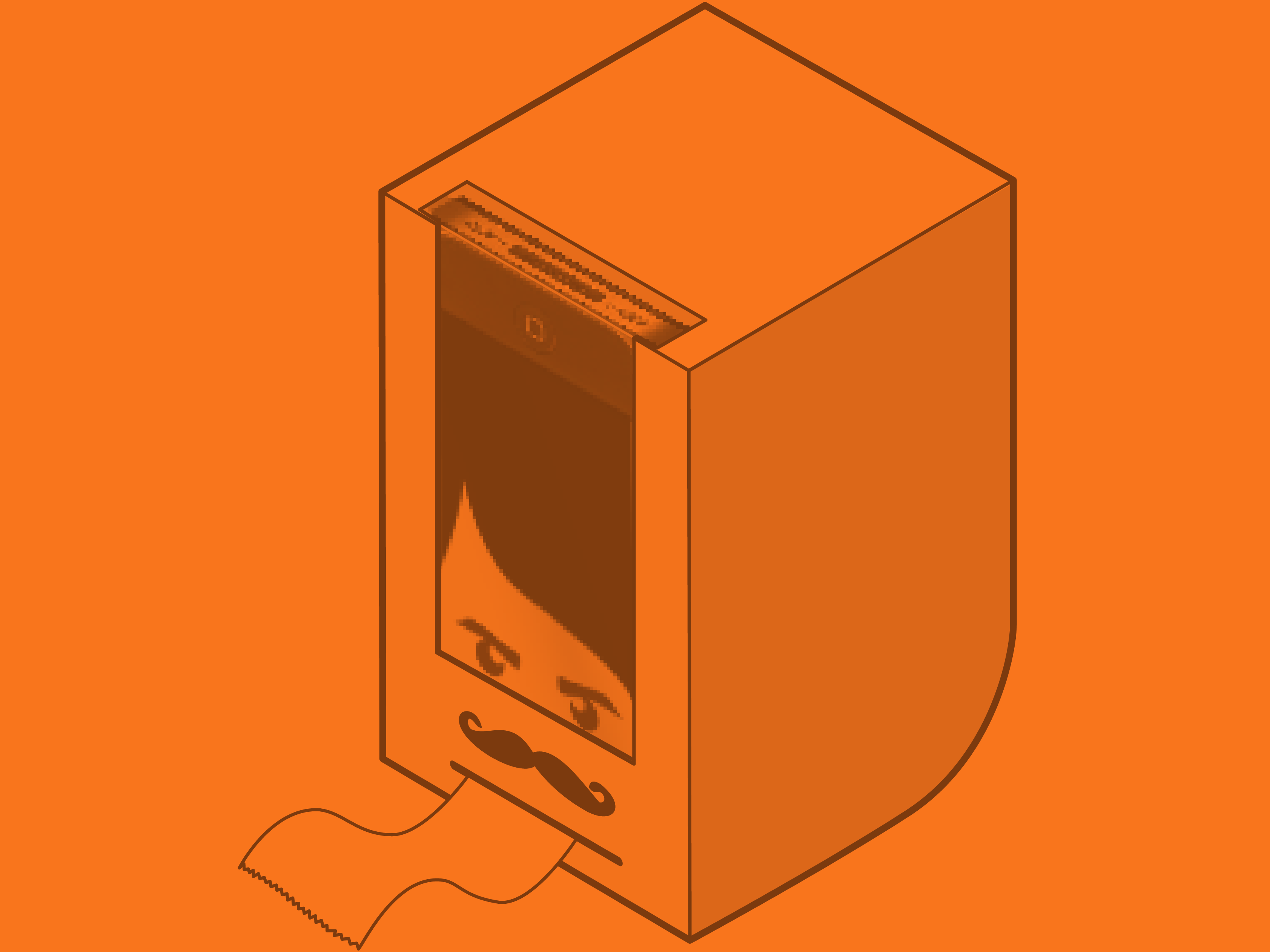Affective technologies.
Application of emotional paradoxes to technological artifacts.
Application of emotional paradoxes to technological artifacts.
Philosophy of human technology relations conference 2020, University of Twente by Santiago de Francisco Vela
Abstract
Positive technology is a term introduced by Sara Diefenbach (2018) to connect positive psychology principles with interactive technology applications. Technology is intended to be functional and efficient in providing solutions to everyday problems. However, technology is only a tool or a medium to achieve a goal. Some authors have discussed how technologies persuade people's behavior and how persuasion can positively or negatively affect. The use and understanding of technologies are a combination of the technology intent, the device's agency embodied in that technology, and the person's decisions using the technology. For example, David Rose (2014) introduces four future technological trajectories, which allows us to understand the way humans can relate to technology. The trajectories are the Terminal world, Prosthetics, Animism, and Enchanted Objects. The last one is David's research topic.
There are several elements to consider in understanding the effect technology can have on people. Emotional paradoxes were used as a starting point. Design students were challenged to propose new technological products and services. The challenge included the fact that those technologies had to foster human flourishing in any dimension. From a list of 10 projects, we present three that embodied the solution into the concept of affective technologies. This exercise widens the scenario for product and service designers interested in using emotions to create novel, futuristic and conceptual projects.
Keywords: Emotional paradoxes, Affective technologies, Product Design.
The Butler Collection - Inspiring Concern
Developed by Nicolás Pinzón and Laura Correa.
Developed by Nicolás Pinzón and Laura Correa.
These smart chairs will read signs from your body (temperature, posture, heart rate). They would send requirements to control elements from your workspace to create moments for creativity to flow. Inspiring concern was understood as those moments where one struggles to move forward a creative blockage. And was conceptualized using as reference digital personal assistants like Cortana, Siri, or Google home.
The chair has different sensors that will emit information to set up the appropriate work environment. These adaptations can make your working time more creative and make it more dynamic. Every time the chair senses a "blockage," it will re-adapt the environmental conditions to make you change your workflow.



This lamp contains a pendant that collects emotional information from one's day and uploads it to create a proper bedtime environment. The shame of dreaminess was understood as this conflict that one has with its own internal voice that keeps one thinking about past events and wouldn't allow one to clear one's mind. It was inspired by projects like Philips wake-up lamp, just that it was meant to enhance the bedtime experience.
After wearing the pendant during the day, the lamp will set the light, noise, and rhythm for the person to prepare the mind and body to fall asleep.


Perception - Euphoric Contempt
Developed by María Paula Conde and Patricia Chavarria.
Developed by María Paula Conde and Patricia Chavarria.
This technology uses smart contact lenses and smart earbuds to alter the perception of time. Euphoric contempt was understood as the ability or lack of ability to stay sharp and focus on situations that could represent a sudden change. It was inspired by augmented reality technologies that could add layers of information to users. In this case, those layers serve to alter the perception of time.
Just like in movies when a violent scene is played in slow motion, that represents how alert your senses are, the contact lenses and earbuds create a feeling of slow-mo (for distress situations) and fast forward (for dull conditions), so that one can change the perception of them a become more aware of one surrounding.



Design Affective Technologies taugh us that these projects are unique and complex. Complexity is just another ingredient to understand even better the possibilities that tech gives us. For that, we need to develop certain awareness to understand that tech solutions might have multiple outcomes, and every outcome, even if it is intended to create well being, can have a possible downside. Understanding that collateral results can happen makes us accountable and responsible for what we do and how we do it. These exercises are meant to allow students and future designers to conceptualize, create, and reflect on the impact that they can have in the future world.









